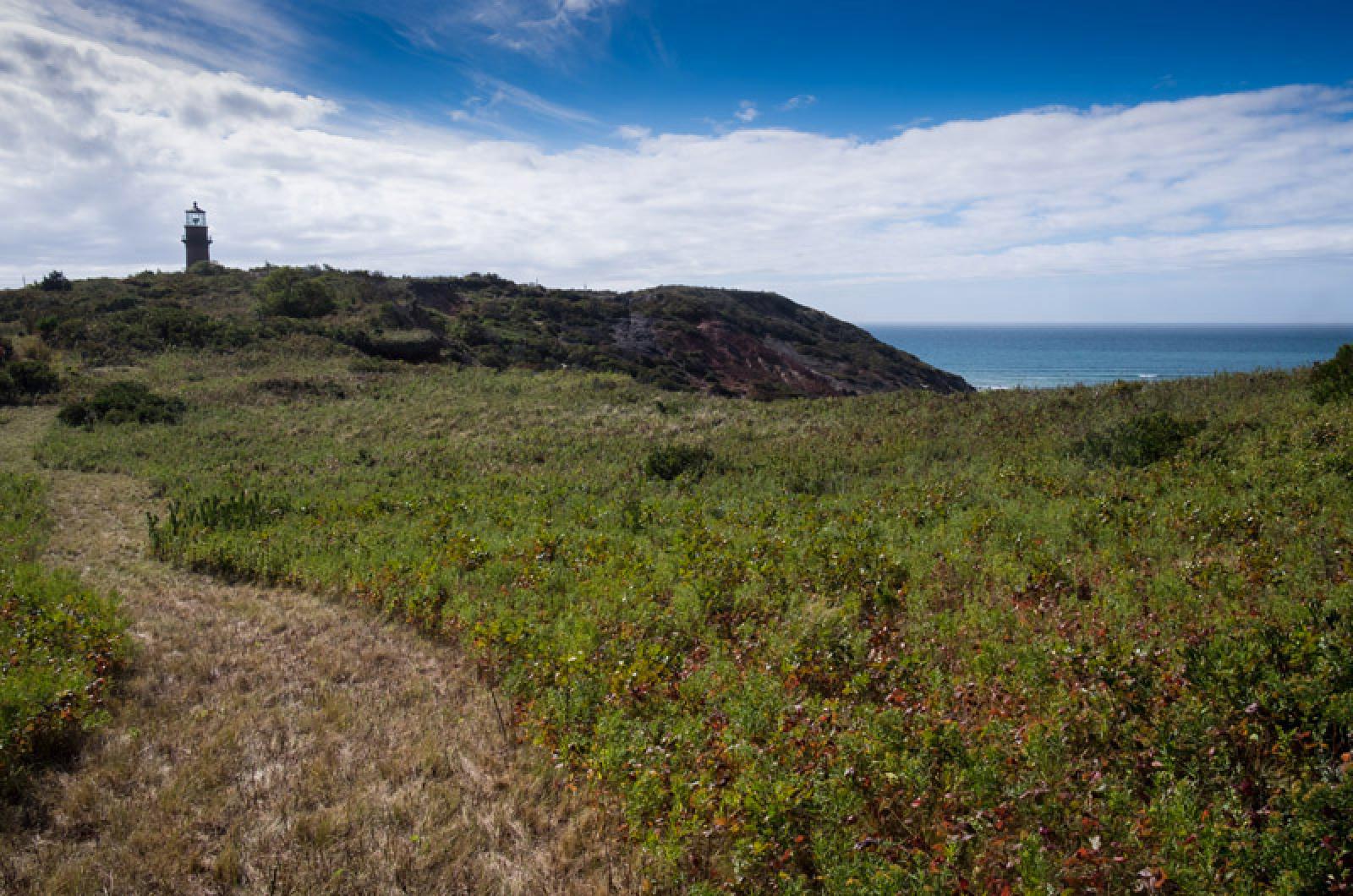Not up, not down and no clear road signs for the future. As the calendar year draws to a close, that’s the main story of the Martha’s Vineyard real estate market in 2017.
With three weeks left in the year, Martha’s Vineyard Land Bank revenues totaled $12.4 million, a six per cent drop from last year, when total revenues were $13.2 million. Total transactions to date for 2017 are 1,451, a drop of one per cent compared with the 2016 total of 1,468.
“I consider them flat,” land bank executive director James Lengyel said this week, speaking of the numbers. “In 2015 the real estate market plumped up and it really has stayed that way.”
The land bank collects a two per cent transaction fee on most arm’s length real estate transactions, and is considered a barometer for the real estate market.
The land bank tracks its numbers for both the calendar and fiscal year, but revenue forecasting is only done on a fiscal year basis.
Between 2014 and 2015, land bank revenues climbed from $9.3 million to $13.3 million, a jump of 42 per cent.
Since then the story has been one of consistently robust market activity, but no marked growth or decline. “The numbers have been steady across the sectors [top, middle and bottom of market],” Mr. Lengyel said.
Land bank fees are used to buy public conservation land, farmland development rights, public viewsheds and aquifer protection, among other things.
Purchases last year were mostly smaller properties, around the Island from Aquinnah to Chappaquiddick.
Eleanor Wilson, client services specialist for LINK MV, the Island multiple listing service for real estate, confirmed the trend with some slight variations.
Through November, she said there were 22 fewer sales than the same period last year, but the total value of those sales was up by $25 million.
“Everything is up except the number of sales — which actually implies that the numbers are better,” Ms. Wilson said. “The bottom line is everything has increased in value — we haven’t seen a real drop off in sales.”
She also said there are some indications that the bottom end of the market has become artificially inflated.
“It’s supply and demand,” Ms. Wilson said. “There is not a lot of supply at the bottom end . . . so anything that is somewhat habitable is a $400,000 or $500,000 piece of property.” She continued:
“The bottom end is always going to be in demand — the average working class Martha’s Vineyard person can’t get much beyond $600,000 or $700,000, so anything below that is going to be in demand.
“But it’s not entry level housing if you can’t move in and live in it. And I just don’t see how the Vineyard can sustain a working force when we have no affordable housing. Long-term, I think that’s where the bubble is going to burst . . . when we no longer have anything that would allow the policeman and his family to buy.”
Currently there are 10 properties on the market priced under $500,000, she said.
Sales on Martha’s Vineyard through November total $612.1 million, compared with $573.4 million last year. This year through November, 522 properties changed hands, compared with 544 properties last year.
Year to date, the median sales price is $725,000, compared with $670,000 last year. The average sale price is $1.15 million, compared with $1.05 million last year.
Ms. Wilson also tracks numbers for Nantucket,where she said the trend usually runs a year ahead of the Vineyard.
Through November, there were 417 sales on Nantucket, compared with 432 sales last year. Total volume was valued at $955 million, compared with $883 million the year before.
The median sale price on Nantucket is $1.4 million, compared with $1.3 million last year. The average sale price is $2.3 million, compared with $2 million the year before.
The effect on the real estate of the recently enacted federal tax bill is not yet clear. As for the future of the Vineyard’s real estate market, Mr. Lengyel and Ms. Wilson both declined to speculate. But since its inception the land bank has historically followed eight-year cycles of ups and downs. And Mr. Lengyel said revenues have been on a climbing trend since 2009.
“We are acknowledging the cycle,” he said.
Ms. Wilson concluded: “I think it’s sustainable. I don’t see any huge growth, I see some shrinkage.”







Comments (11)
Comments
Comment policy »